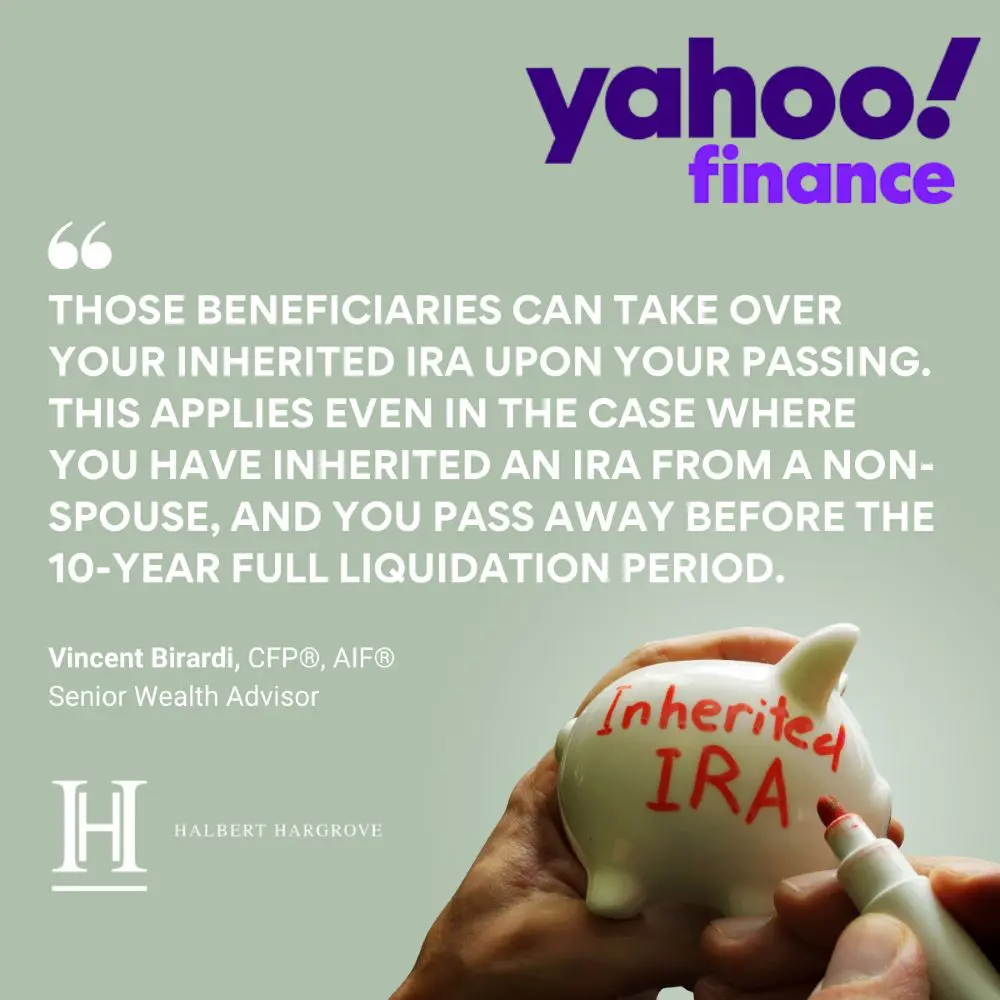As a small business employer, if you don’t already provide a 401(k) and 401(k) match for yourself and your employees, right now is a great time to consider getting started.
Instead of making tax payments, why not contribute to your retirement and your employees’ financial stability?
BY NICKOLAS STRAIN
April 24, 2019
As a small business employer, if you don’t already provide a 401(k) and 401(k) match for yourself and your employees, right now is a great time to consider getting started. Although it may feel like the 2018 tax season has just exited the stage, this is the perfect time to determine how to get the most out of your business investments for 2019. To my way of thinking, there are four highly compelling reasons:
- You can save a significant amount for your own retirement, while decreasing your taxes.
- Implementing a 401(k) match program, when done properly, can potentially pay for itself in reducing your tax bill.
- In this tightening labor market, one of the most powerful ways to recruit and retain employees is to offer benefits that show you’re making investments in their future.
- Encouraging your workforce to save for retirement is a worthy endeavor in and of itself.
Instead of making tax payments, why not contribute to your retirement and your employees’ financial stability? By providing a 401(k) match, the corresponding tax reduction can essentially negate your costs in matching their contributions. What you’ll save depends on your income and tax bracket.
Best-case scenarios for tax savings
To max out your contributions and tax savings, how much of an employee match might make sense for you?
Here’s an example. In 2019, a single business owner can make a maximum contribution of $56,000 to a 401(k) profit-sharing plan. At the top bracket of 37%, this contribution would save more than $20,000 in federal income taxes ($56,000 x 37% = $20,720). In other words, making up to $20,720 in matching contributions ends up in the retirement plans of valued employees, rather than down the federal tax hole. If a married couple owns a business together and can contribute $56,000 each into the plan, then the value of the total match (and tax savings) would double – equaling over $40,000.
Essentially, in the example above, these employers are offsetting taxation on a sizeable amount of earnings that would be taxed at the federal level of 37% – plus any state income tax exposure they may have.
(For those of you feeling the burden of the $10,000 federal limit on state and local deductions, that’s an added incentive.) These earnings are placed in a retirement plan and can typically be taxed at much lower rates in retirement with the right guidance from tax and financial professionals.
Utilize professional help
Launching a plan and establishing the right match requires specialized expertise. Plus, if you’re like most business owners, the time needed to research plans is better spent on growing your company.
There are tons of different plans available in the marketplace, and fee structures can be highly complex. For example, a plan’s fees can be set up based on the amount of assets in the plan, the number of eligible or actually enrolled employees, or the number of transactions made. Other plans charge a flat rate that doesn’t vary regardless of plan size. Others offer hybrid fee structures. Some (but not all) administrative fees can be deducted from your business expenses.
Be sure to interview several retirement plan consultants and digital retirement plan platforms to find the best fit for your company’s needs. Setting up a 401(k) match program with the help of your tax professional, financial advisor and a skilled retirement plan consultant will help ensure you secure the right features, fine-tune tax benefits, align the program with your big-picture financial planning – and reduce your own time investment.
So, what percentage match is right for your business?
You’ll want to ask your retirement plan consultant to run different contribution scenarios.
They can help you fully explore any potential plan and match in terms of its costs and benefits. It should go without saying that launching a retirement plan without adequate cash flow is a terrible idea. You also want to be sure you’re meeting all legal and tax requirements.
Here’s a summary of steps you’ll want to take:
- Interview multiple retirement plan advisors
- Determine a budget for retirement plan contributions
- Ask for fee schedules of potential plans
- Run retirement plan scenarios
- Run a cost-benefit analysis
- Include your other advisors (Financial advisor, CPA, CFO) in the process
Once you have a plan in place, you should meet annually with your advisors to confirm that your retirement plan is meeting your objectives – and that your cash flow can continue to support the contribution amounts required under the plan’s rules.
Additional tax breaks and employee incentives
Should you provide any additional benefits to your key employees? And what about your own retirement planning? These are important questions you should be exploring with your tax advisor.
For valued employees, there’s a wide range of compensatory benefit programs, such as discretionary profit sharing, that could enable them to share in your company’s success. Every tactic is different and dependent on your business’ resources and objectives. A basic 401(k) allows you (and your employees) to contribute $18,000 – $24,000 annually. A 401(k) profit-sharing plan allows you to contribute up to $56,000 annually.
For your own retirement and tax planning, you can create additional types of vehicles like cash balance and defined benefit plans that would allow you to defer taxes on $100,000 – $200,000 a year, depending on your circumstances and business income.
A significant impact
The latest news from the U.S. Labor Department on the rebound in hiring underscores how talented workers are getting harder to attract – and retain.
Your business depends on your employees working behind the scenes to keep it thriving. By investing in them, you’re demonstrating your dedication to their well-being. Particularly in a small-business setting, this kind of support helps promote a positive and hopeful culture.
As a business owner, a 401(k) match may or may not represent a big investment. But for your employees, it just might help solidify their sense of value to the company and encourage them to save more for retirement – while providing you with a significant tax break.
In my opinion, that’s a big win for everyone.
For more information or questions, please contact Halbert Hargrove at hhteam@halberthargrove.com.




